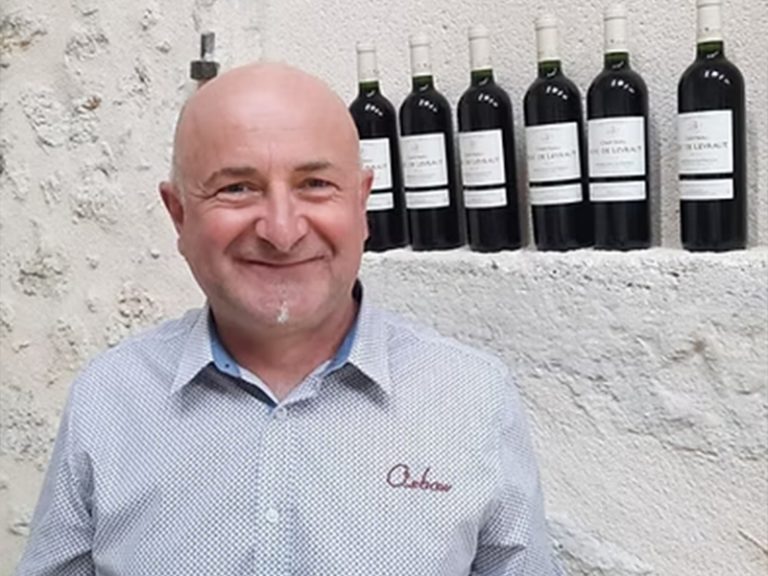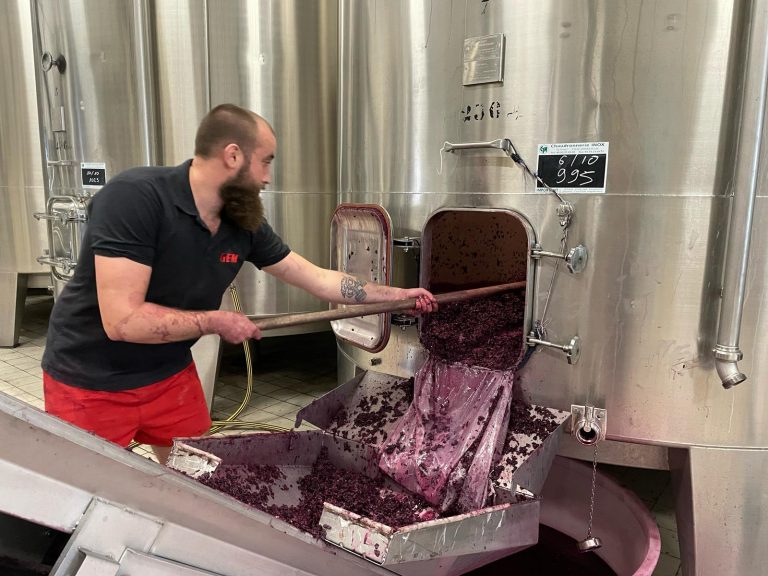Vignobles Château Roc de Levraut
Vineyard BALLARIN
A family History...

The History of Château Roc de Levraut,
A word from Rémi BALLARIN...
The adventure of Château Roc de Levraut begins in the 1930s...
My grandfather, Marcel Ballarin, who had recently arrived from Spain, was the first to decide to settle on the hillsides of Sauveterre de Guyenne, in the beautiful Entre-Deux-Mers region of southwestern France. He cultivated the first vineyards of Château Roc de Levraut there: the work was rustic and the vines were cultivated using teams of oxen.
In the 1970s, my father, Roger Ballarin, in turn embarked on the adventure of wine: it was the beginning of the modernization of the estate and of oenology.
It was in the early 2000s that I decided to settle down and take over the family vineyard. The vineyard was then replanted with more qualitative techniques and grape varieties such as Merlot and Cabernet Sauvignon, which are better suited to new tastes.

Vineyard Roc de Levraut
Une culture du renouveau...
We are still concerned with producing surprising, seductive wines that are very simple to understand and drink...!
Our red Bordeaux wines, Château Roc de Levraut and Château Loyasson, fruity and easy-drinking, complement each other very well, along with Château Roc de Levraut, AOC Bordeaux Supérieur, powerful and full-bodied.
Do you like good wines? You can trust us!

Vineyard Roc de Levraut
Unique Bordeaux wine expertise
Grape varieties
Merlot grape variety 40%
It brings flexibility and roundness
Cabernet Sauvignon grape variety 50%
Its tannins structure the wine and give it volume.
Malbec grape variety 10%

The region suitable for vine cultivation...
Located 100 km east of the Atlantic Ocean, 50 km from Bordeaux and 600 km south of Paris, our region is made up of hillsides and valleys with an ideal south-facing exposure. The soils are composed of clay resting on a layer of limestone, allowing for ideal vine development.
The vine has existed here for several centuries, but has experienced significant development over the past thirty years, benefiting from advances in science.
The temperate climate, mild in winter and hot in summer, allows the vine to benefit from ideal temperature conditions.

cellar work
It all starts with a ripe grape...
The wine is first placed in vats to macerate for about 3 weeks with the skin.
During alcoholic fermentation, the yeast found on the skin of the grape transforms the sugar into alcohol, and produces all the aromas. The red color of the skin passes into the juice." Let me know if you need any other translations!
Wine was born...
After this period, several rackings will eliminate, during the winter, the natural deposits of the wine which clarifies by natural settling. Different aerations will allow the tannins to soften and improve the wine.
One year later comes the bottling.
